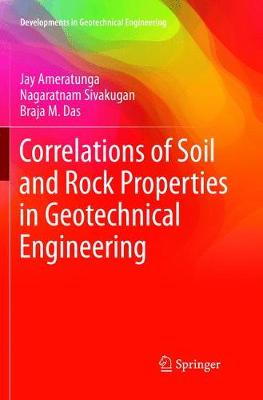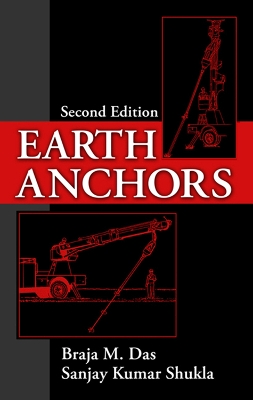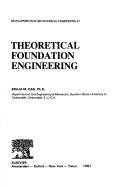Developments in Geotechnical Engineering
3 total works
Correlations of Soil and Rock Properties in Geotechnical Engineering
by Jay Ameratunga, Nagaratnam Sivakugan, and Braja M Das
This book presents a one-stop reference to the empirical correlations used extensively in geotechnical engineering. Empirical correlations play a key role in geotechnical engineering designs and analysis. Laboratory and in situ testing of soils can add significant cost to a civil engineering project. By using appropriate empirical correlations, it is possible to derive many design parameters, thus limiting our reliance on these soil tests. The authors have decades of experience in geotechnical engineering, as professional engineers or researchers. The objective of this book is to present a critical evaluation of a wide range of empirical correlations reported in the literature, along with typical values of soil parameters, in the light of their experience and knowledge. This book will be a one-stop-shop for the practising professionals, geotechnical researchers and academics looking for specific correlations for estimating certain geotechnical parameters. The empirical correlations in the forms of equations and charts and typical values are collated from extensive literature review, and from the authors' database.


